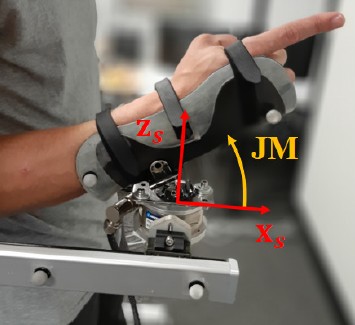The paper is entitled “The value of time in the invigoration of human movements when interacting with a robotic exoskeleton“, and available in open-access here:
https://www.science.org/doi/full/10.1126/sciadv.adh9533
by Dorian Verdel, Olivier Bruneau, Guillaume Sahm, Nicolas Vignais, and Bastien Berret
Abstract
Time and effort are critical factors that are thought to be subjectively balanced during the planning of goal-directed actions, thereby setting the vigor of volitional movements. Theoretical models predicted that the value of time should then amount to relatively high levels of effort. However, the time-effort tradeoff has so far only been studied for a narrow range of efforts. Therefore, the extent to which humans can invest in a time-saving effort remains largely unknown. To address this issue, we used a robotic exoskeleton which significantly varied the energetic cost associated with a certain vigor during reaching movements. In this situation, minimizing the time-effort tradeoff would lead to high and low human efforts for upward and downward movements respectively. Consistent with this prediction, results showed that all participants expended substantial amounts of energy to pull on the exoskeleton during upward movements and remained essentially inactive by harnessing the work of gravity to push on the exoskeleton during downward movements, while saving time in both cases. These findings show that a common tradeoff between time and effort can determine the vigor of reaching movements for a wide range of efforts, with time cost playing a pivotal role.







